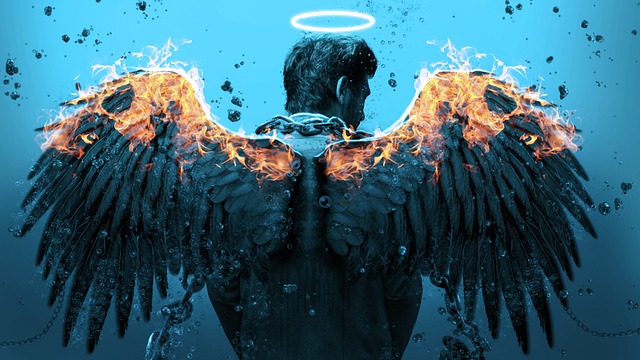
In the rich tapestry of fantasy literature, there exists an essential element that captivates readers and leaves an indelible mark on their literary journey – the villains and antiheroes. These complex characters, cloaked in darkness or straddling the fine line between good and evil, add a layer of intrigue and excitement that elevates the narrative to new heights. But what makes these adversaries so compelling? How do authors ingeniously craft their malevolent personas or morally ambiguous personalities?
The art of crafting villains and antiheroes requires a delicate balance between darkness and light, evoking emotions that resonate long after the final page has been turned. Whether they stem from legends of old or spring forth from imaginative minds, these adversaries possess the power to etch themselves into our collective consciousness, forever becoming icons of literary brilliance.
The Complex Nature of Antiheroes
In the realm of fantasy stories, not all characters neatly fit into the categories of heroes and villains. Some characters blur the lines, and they are known as antiheroes. Let’s delve into the intricacies of antiheroes and their place in the world of fantasy.
Antiheroes are characters who don’t fit the traditional hero mold. They often possess qualities that may seem contrary to heroism, such as selfishness, moral ambiguity, or even a tendency to do bad things.
These characters are not necessarily evil like villains, but they’re far from the virtuous heroes we typically root for. They might be rough around the edges, make questionable choices, or have personal demons to battle.
The Moral Ambiguity and Internal Conflict:
Antiheroes are known for their moral ambiguity. They don’t always do what’s right, and they might even make choices that go against our usual understanding of heroism.
This moral complexity adds depth to their character. They often grapple with internal conflicts, torn between their self-interest and the greater good. Readers are drawn to their struggles and imperfections.
Notable Antiheroes in Fantasy Literature:
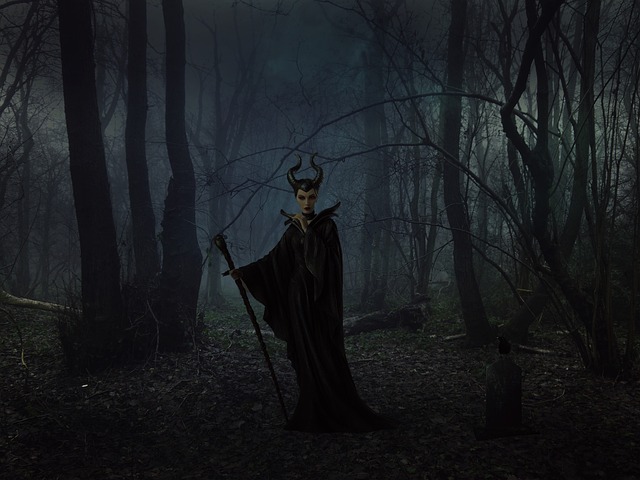
In the world of fantasy literature, there are several well-known antiheroes. For example, Geralt of Rivia from “The Witcher” series is a classic antihero. He’s a monster hunter with a tough exterior but a strong moral code.
Another example is Elric of Melniboné from Michael Moorcock’s stories. He’s a brooding and conflicted character who wields a powerful sword, Stormbringer, which feeds on the souls of its victims.
Antiheroes bring complexity and depth to fantasy stories. They challenge our notions of heroism by embodying moral ambiguity and internal conflict. These characters don’t always do what’s right, but their struggles and imperfections make them intriguing and relatable to readers.
Crafting Multidimensional Villains
In the world of fantasy literature, crafting a compelling villain is an art. These villains are not one-dimensional evildoers; they have depth and complexity that make them more intriguing. Let’s explore the art of creating multidimensional villains who challenge heroes and captivate readers.
The Importance of Depth and Complexity
Villains are more than just characters who cause problems for heroes. To make a story truly engaging, it’s essential to give them depth and complexity. Readers should be able to see the reasons behind their actions.
Multidimensional villains have motivations, desires, and even vulnerabilities that humanize them. This complexity makes them more relatable and interesting, and it challenges our perceptions of good and evil.
Exploring the Backstory and Motivations of Villains
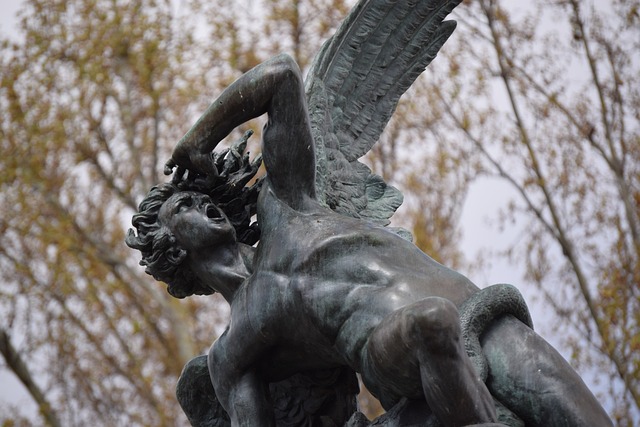
A well-crafted villain often has a backstory that explains why they’ve become the way they are. This backstory can reveal past traumas, personal losses, or experiences that shaped their villainous path.
Their motivations are crucial. What drives them to oppose the hero? Is it a thirst for power, a sense of injustice, or a twisted sense of purpose? Understanding their motivations helps readers connect with them on a deeper level.
The Relationship Between the Hero and the Villain:
The dynamic between the hero and the villain is a critical aspect of storytelling. The two characters often mirror each other in some way. The villain’s actions may be a response to the hero’s choices or presence.
This relationship can create a fascinating narrative push and pull. It’s not merely about good versus evil but also about the clash of conflicting motivations and beliefs.
Crafting multidimensional villains is about going beyond the typical “bad guy” and creating characters with depth and complexity. These villains have backstories and motivations that explain their actions, making them more relatable. Additionally, their relationship with the hero adds layers to the story, creating a dynamic that keeps readers engaged.
Turning Villains into Antiheroes
In the realm of fantasy storytelling, some villains undergo a remarkable transformation. They turn away from their evil ways and embark on a path toward redemption, becoming what we call antiheroes.
A redemption arc is a narrative journey in which a villain, originally cast as the antagonist, experiences a profound change of heart. This change leads them to question their evil actions and seek a more virtuous path.
These arcs often involve a process of self-discovery, reflection, and sometimes, an external catalyst that triggers the desire for change.
The Narrative Impact of Redemption Arcs for Antagonists:
Redemption arcs add depth and complexity to characters and plots. They challenge the traditional notion of heroes and villains by blurring the lines between right and wrong.
Readers are drawn to redemption arcs because they offer a glimpse into the possibility of change and growth, even for those who have done terrible things. It’s a testament to the complexity of human nature.
Examples of Villains Who Undergo Redemption in Fantasy Stories:
Some famous fantasy villains who experience redemption arcs include Severus Snape from the “Harry Potter” series and Jaime Lannister from “A Song of Ice and Fire.”
Snape, initially portrayed as an antagonist, is revealed to have a more complex and noble side to his character. Jaime Lannister, known for his ruthless actions, undergoes a transformation that challenges our initial perceptions of him.
The redemption arc is a powerful narrative tool that breathes life into characters and their stories. It challenges the traditional hero-villain dynamic by showing that even the most wicked characters can seek redemption and become antiheroes. These arcs add depth and complexity to fantasy narratives, offering readers a glimpse into the potential for growth and change in all of us.
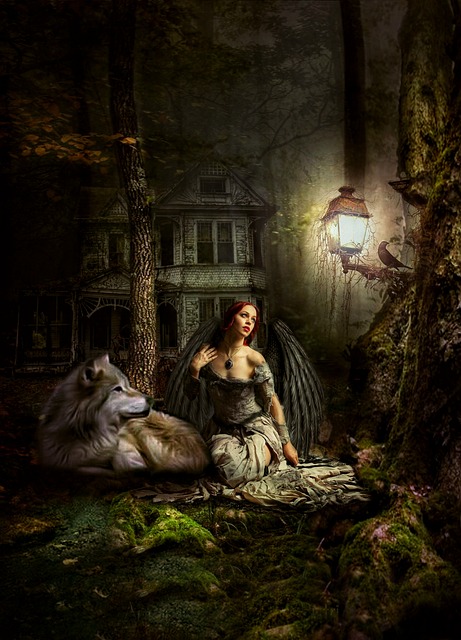
Challenges Faced by Antiheroes
While antiheroes bring complexity and depth to fantasy stories, they also face unique challenges and dilemmas that set them apart from traditional heroes. Let’s explore the hurdles and moral dilemmas that antiheroes encounter on their narrative journey.
Antiheroes often grapple with moral dilemmas that push the boundaries of right and wrong. They may find themselves in situations where making the “right” choice is not clear-cut.
These moral complexities can lead to consequences that affect both the antihero and those around them. Their actions may result in unintended harm or conflict.
Blurred Lines Between Right and Wrong
Antihero stories challenge the traditional black-and-white view of morality. In these narratives, the lines between good and evil are often blurred, leaving readers to question where the characters truly stand.
This moral ambiguity can create discomfort for readers, forcing them to confront their own views of right and wrong.
The Reader’s Complex Relationship with Antiheroes
Readers of antihero stories often have a complex relationship with these characters. They may feel sympathy and empathy for the antihero’s struggles, yet they are also troubled by their questionable actions.
This complex relationship mirrors the internal conflicts faced by the antiheroes themselves, adding depth to the narrative experience.
Antiheroes face moral dilemmas, blurred lines of morality, and complex consequences that set them apart from traditional heroes. Their stories challenge conventional notions of right and wrong, and readers often experience a complex relationship with these characters, feeling empathy and discomfort in equal measure. These challenges and dilemmas make antihero narratives rich and thought-provoking.
The Role of Sympathy and Empathy
In the world of storytelling, creating sympathy and empathy for characters, whether they are villains or antiheroes, is a powerful tool. Authors employ various techniques to make readers feel sympathy or empathy for characters who may not be traditionally likable. They provide glimpses into their vulnerabilities, past traumas, or personal struggles.
By revealing a character’s inner turmoil or showing them in moments of self-doubt, authors invite readers to connect on a deeper emotional level.
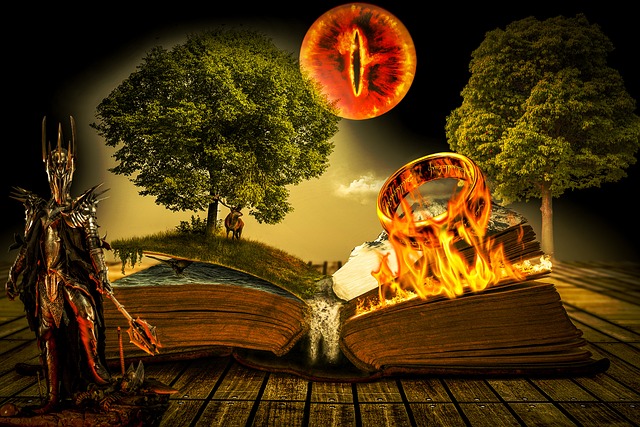
The Emotional Connection Between Readers and Complex Characters
When readers feel sympathy or empathy for a character, it fosters a strong emotional connection. Even if a character is a villain or antihero, these emotions encourage readers to invest in their journey.
This emotional bond can lead to a more immersive and engaging reading experience. Readers become more invested in the character’s growth and development.
The Power of Humanizing Villains and Antiheroes:
Humanizing characters, even those who have done morally questionable things, allows readers to see the complexity of their nature. It challenges the notion that individuals are entirely good or evil.
The power of humanization lies in its ability to provoke thought and empathy, reminding us that everyone has flaws, struggles, and potential for change.
Authors play a crucial role in creating sympathy and empathy for characters, whether they are villains or antiheroes. By delving into their vulnerabilities and inner conflicts, authors make it possible for readers to connect emotionally with these complex characters. This emotional connection fosters a more immersive and engaging reading experience and challenges our preconceptions about the nature of good and evil.